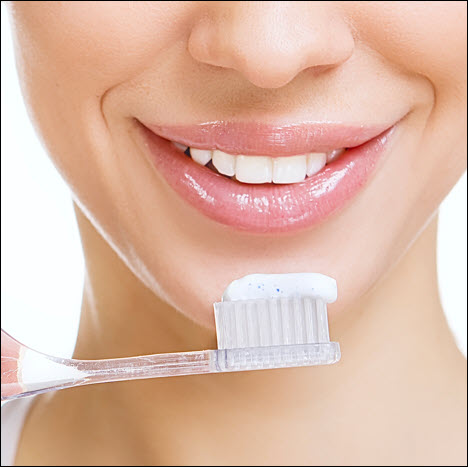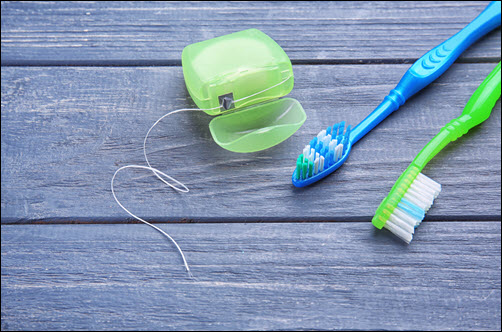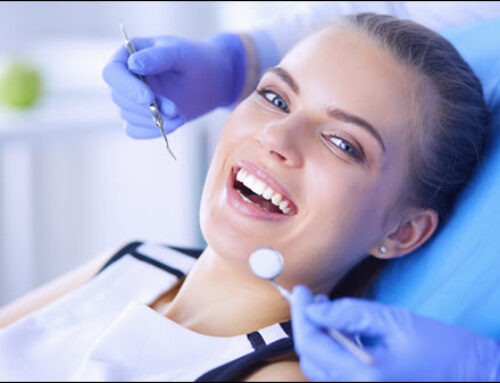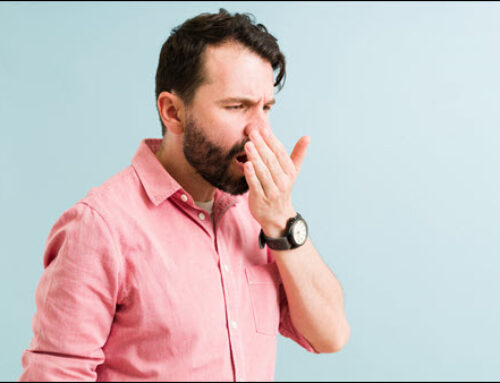Proper brushing and flossing are essential for maintaining good oral hygiene and preventing dental issues such as cavities, gum disease, and bad breath. Here is a step-by-step guide on how to brush and floss your teeth effectively:
Brushing:
 Choose the right toothbrush:
Choose the right toothbrush:
Use a soft-bristled toothbrush that is comfortable to hold and has a small head to reach all areas of your mouth.
Use toothpaste with fluoride:
Apply a pea-sized amount of toothpaste that contains fluoride, which helps strengthen tooth enamel and prevent decay.
Position the toothbrush:
Hold the toothbrush at a 45-degree angle to your gums.
Brush in gentle circular motions:
Move the brush in small circular motions, covering all surfaces of the teeth—outer, inner, and chewing surfaces. Pay extra attention to the gumline and hard-to-reach areas.
Brush for two minutes:
Brush for at least two minutes, spending equal time on each quadrant of your mouth.
Clean your tongue:
Gently brush your tongue or use a tongue scraper to remove bacteria and freshen your breath.
Flossing:
Use enough floss:
Take about 18 inches (45 cm) of dental floss and wind most of it around your middle fingers, leaving about 2 inches (5 cm) to work with.
Hold the floss correctly:
 Hold the floss tightly between your thumbs and index fingers, leaving a small section taut for maneuvering.
Hold the floss tightly between your thumbs and index fingers, leaving a small section taut for maneuvering.
Gently insert the floss:
Guide the floss between your teeth using a gentle back-and-forth motion. Avoid snapping the floss, as it can harm your gums.
Curve the floss around each tooth:
Form a C-shape with the floss around the tooth, and carefully move it up and down to clean the sides. Ensure you reach below the gumline.
Use a fresh section for each tooth:

Unwind a fresh section of floss for each tooth to avoid transferring bacteria.
Rinse and dispose:
After flossing, rinse your mouth with water to remove any debris. Dispose of the used floss properly.
Additional Tips:
Here are a few additional tips to ensure you practice the best oral hygiene for healthy teeth and gums:
- Brush at least twice a day, ideally after meals.
- Replace your toothbrush every three to four months or sooner if the bristles become frayed.
- Consider using an electric toothbrush for more effective cleaning.
- Use mouthwash after brushing and flossing for added freshness and protection.
Remember to visit your dentist regularly for professional cleanings and check-ups. Following a consistent and proper brushing and flossing routine will help maintain healthy teeth and gums, promoting overall oral health.



